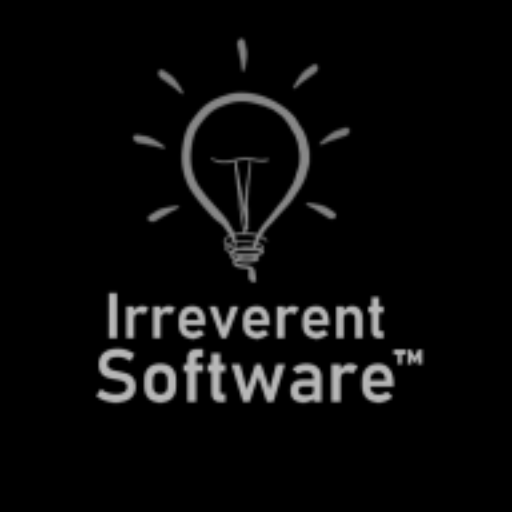In previous versions of PIDI Planar Reflections the tool’s source code made extensive use of define symbols in order to work, from a single script, on all available pipelines and platforms. While this design had its benefits it also had multiple issues especially when it came to giving maintenance, fixing a bug or implementing a new feature for a specific rendering pipeline.
Starting with version 4.x this has changed completely and the source code of the asset is different and fully tailored for each rendering pipeline, assuring that each one has the best performance possible and that new features and bug fixes can be issued easily and on timely fashion.
Extensive internal work has been done on the code for each pipeline to ensure that all core features of the asset are present and work in the same way regardless of which one you use, and specific features and optimization techniques have been used where appropriate. However, there are a few key differences you should be aware of,
1 . Legacy RP still has the best performance in most cases. Due to the way the pipeline was built, the access points we have for rendering the reflections as well as several optimization techniques that can be implemented within this pipeline the Legacy RP will have the best performance in most scenes.
2 . Scene view and Game view may not look the same in Universal RP. This is due to how the Scene view camera is handled by Unity when using these newer rendering pipelines. In Universal RP post process FX are only available in the Game view. Furthermore, in Unity 2022.3 LTS forward the use of the new Unity API for requesting custom rendering cameras produces a slight delay in the Scene View preview of the reflection. This delay does not affect the actual game.
5 . Post Processing FX in Universal RP should be avoided as they produce a big performance impact.
